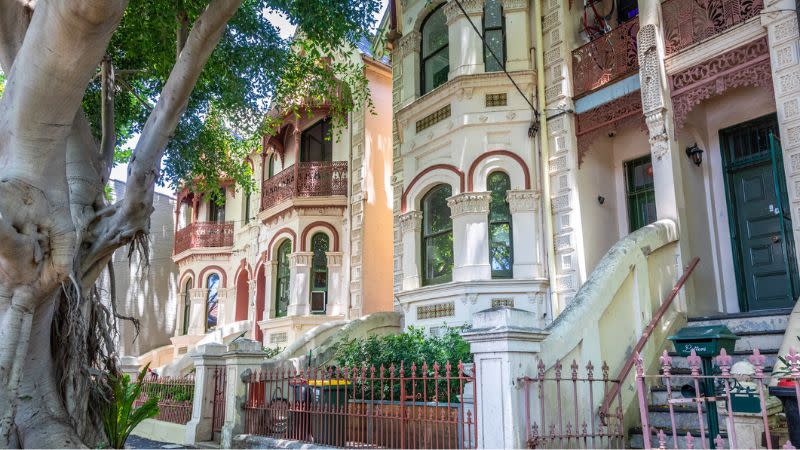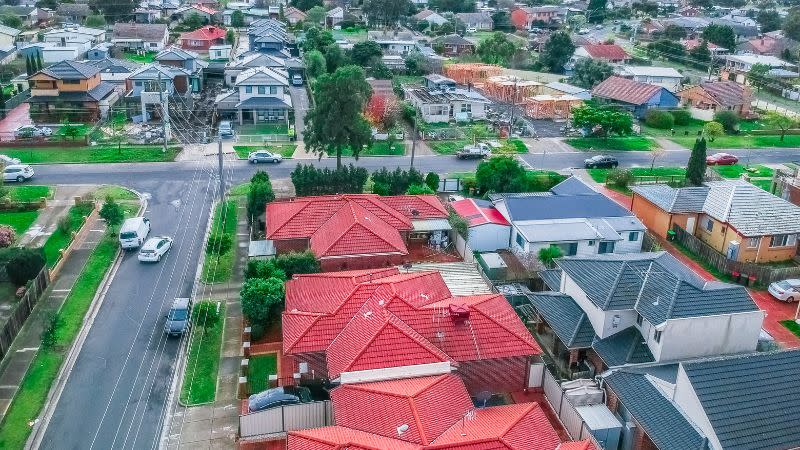Home Values Break Record as Approvals Rebound

Home values reached a record high in November but the signs are there the market’s cooling for some capitals, according to data released this week.
CoreLogic’s national Home Value Index (HVI) rose 0.6 per cent in November, the smallest monthly gain since the growth cycle began in February.
Despite the slowdown, the national HVI reached a record high in November.
After falling 7.5 per cent from a peak in April, 2022 to a trough in January, 2023, housing values have bounced 8.3 per cent higher during the past 10 months, demonstrating a clear ‘V’-shaped recovery, CoreLogic said
“While the headline trends have slowed, multi-speed conditions have become increasingly evident across the capitals, with three cities recording a decline in values during the month,” CoreLogic said.
Home Value Index, November, 2023: Change in home values

These were Melbourne and Hobart, both down 0.1 per cent, and Darwin, down 0.3 per cent.
Growth in Sydney home values also slowed sharply, reducing to 0.3 per cent, the smallest monthly gain through the recovery cycle to-date.
“With Sydney home values slipping into negative growth during the last week of the month, we could see Sydney following Melbourne’s lead, with home values stabilising or dipping lower in December,” CoreLogic said.
On the flip side, Perth housing values accelerated in November, posting the largest monthly gain since March 2021 at 1.9 per cent. Brisbane (1.3 per cent) and Adelaide (1.2 per cent) also stood out with a resilient and rapid pace of growth.
CoreLogic research director Tim Lawless said these three cities continued to show remarkably low levels of advertised supply while purchasing activity is holding above average levels.
“This imbalance between available supply and demonstrated demand is keeping strong upwards pressure on housing values across these markets, despite the downside factors leading to weaker housing market conditions across the lower eastern seaboard,” Lawless said.
“The Melbourne Cup Day rate hike has clearly taken some heat out of the market but other factors such as rising advertised stock levels, worsening affordability and persistently low consumer sentiment are also acting as a drag on value growth in some markets.”

Regional Australia’s housing values remain 1.8 per cent below the historic high recorded in May 2022, with Regional Victoria (-6.7 per cent) and Regional NSW (-5.5 per cent) recording the largest shortfall from record levels.
Building approvals bounce back
The total number of homes approved rose 7.5 per cent in October, in seasonally adjusted terms, after a 4 per cent decrease in September, according to data from the Australian Bureau of Statistics (ABS), also released this week.
ABS head of construction statistics Daniel Rossi said approvals for private sector homes excluding houses increased 19.5 per cent after a 3.4 per cent fall in September, while approvals for private sector houses rose 2.2 per cent on the heels of a 4.7 per cent September decrease.
“Despite the monthly increase, total homes approved have been low this financial year,” he said.
“In original terms, 55,029 homes were approved between July and October in 2023, compared to 65,599 during the same period in 2022.”
Total home approvals were driven by increases in Western Australia (11 per cent), Queensland (10.7 per cent), and NSW (9.6 per cent).

Falls were recorded in Tasmania (-14.4 per cent), South Australia (-7.2 per cent), and Victoria (-1.4 per cent).
Approvals for private sector houses rose in WA (11.7 per cent), Victoria (6.5 per cent), and SA (0.8 per cent). New South Wales (-4.9 per cent) and Queensland (-3.4 per cent) dropped in October.
The value of total building approvals rose 6.7 per cent after a 5.3 per cent fall in September, while the value of total residential building rose 7 per cent, made up of an 8.9 per cent increase in new residential building and a 3.2 per cent decrease in alterations and additions.
The value of non-residential building approved rose 6.2 per cent, well up on a 7.6 per cent fall in September.













